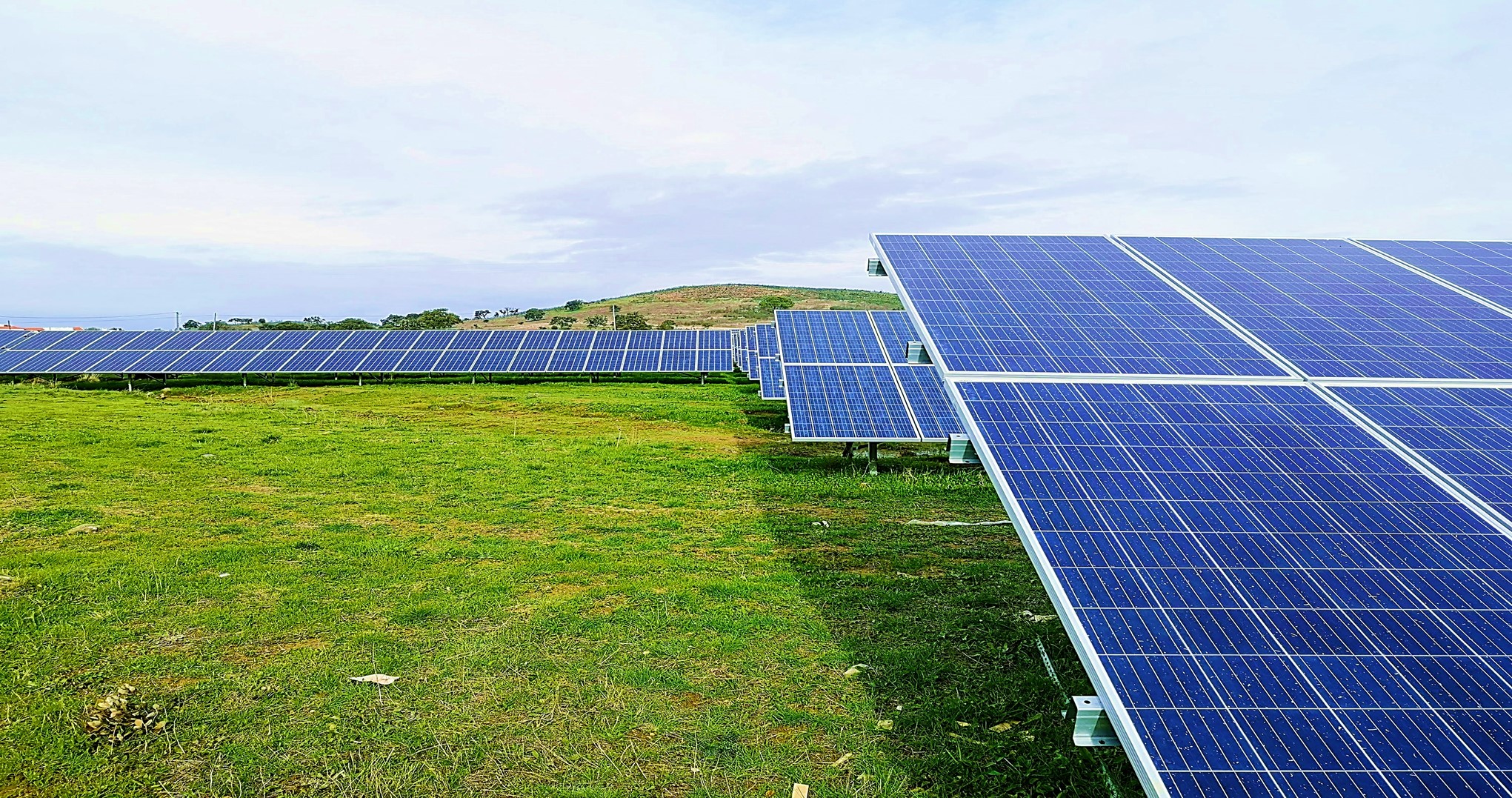Solar Power In India: High Capacity, Low Output- Uncovering The Real Growth Story
As of January 2025, India’s solar power installed capacity has reached 100.1 GW, reflecting a significant addition of approximately 25.8 GW between January 2024 and January 2025. This represents more than double the capacity added during the previous year (January 2023 to January 2024). In comparison, wind energy in India stood at an installed capacity of 48.3 GW as of January 2025. Wind energy experienced a capacity increase of 3.4 GW over the same period, slightly higher than the 3 GW added between January 2023 and January 2024. While the growth in solar capacity has been remarkable, it is important to note that the actual power output from solar energy has not been as substantial. Despite the 25.8 GW capacity addition, solar energy has contributed an average annual power output of only around 15%, resulting in an effective realized capacity of approximately 3.9 GW for the period from January 2024 to January 2025.
On the other hand, wind energy, with a 3.4 GW capacity addition, demonstrated a slightly higher average annual power output of about 17%. This translates into a realized capacity of around 0.544 GW (or 544 MW) for the same period. Further Eninrac analysis, as presented in Exhibit 01, reveals that despite notable progress in solar capacity installation, its share in India’s overall installed capacity has grown modestly, from 15% in 2022 to 20.9% in 2024. Similarly, its contribution to the nation’s total power generation has seen a tepid increase, from 5.9% in 2022 to 7.4% in 2024.
Exhibit 02: Solar Power Generation (MU) in India from CY 2021 to CY 2024: M-o-M Comparison
Key factors attributed to the tepid growth
The tepid growth in solar output in India could be attributed to following key reasons which in nature are inter-related & span across policy, financial, technical & other constraints. The detailed break down is as under -
1. Policy & regulatory challenges
- Uncertainty in auctions & delayed PPA’s. The delay in finalizing PPA’s & frequent re-negotiations observed by the DISCOMs in the past couple of years have dampened the investors confidence. In some cases, the re-negotiation of tariffs has led to project cancellation adding to the uncertainty.
- Grid curtailment issues. Many developers have faced grid curtailment where state utilities have restricted RE ingress due to lack of demand or transmission constraints or both.
- Land acquisition & policy delays. One of the biggest issues which has cropped in last couple of years has been the acquisition of suitable land for RE projects especially for large solar & wind projects
2. Financial constraints & market dynamics
- Rising cost of capital. With the rise in inflation observed due to global financial turbulence the interest rates have been rising thereby increasing the financing costs for RE projects. Since, many Indian developers rely on external borrowings, the global tightening of monetary policies has impacted project financing
- Imported module & component price volatility. The cost of imported solar modules has been fluctuating due to supply chain disruptions & geo political tensions. Further, the imposition of BCD & ALMM requirements have additionally constrained supply of relatively solar modules
Low tariff bidding pressures. The aggressive tariff bidding in solar auctions has led to un sustainably low tariffs resulting in unviable project financing
3. Slow expansion transmission infrastructure
- Green energy corridor delays. While the GEC aims to facilitate RE integration into the grid, its implementation has been slower than anticipated
- Inadequate transmission capacity. The development of inter & intra state transmission infrastructure has not kept pace with RE capacity additions leading to evacuation challenges
4. Resource variability & climate related factors
- Variability in solar radiation




